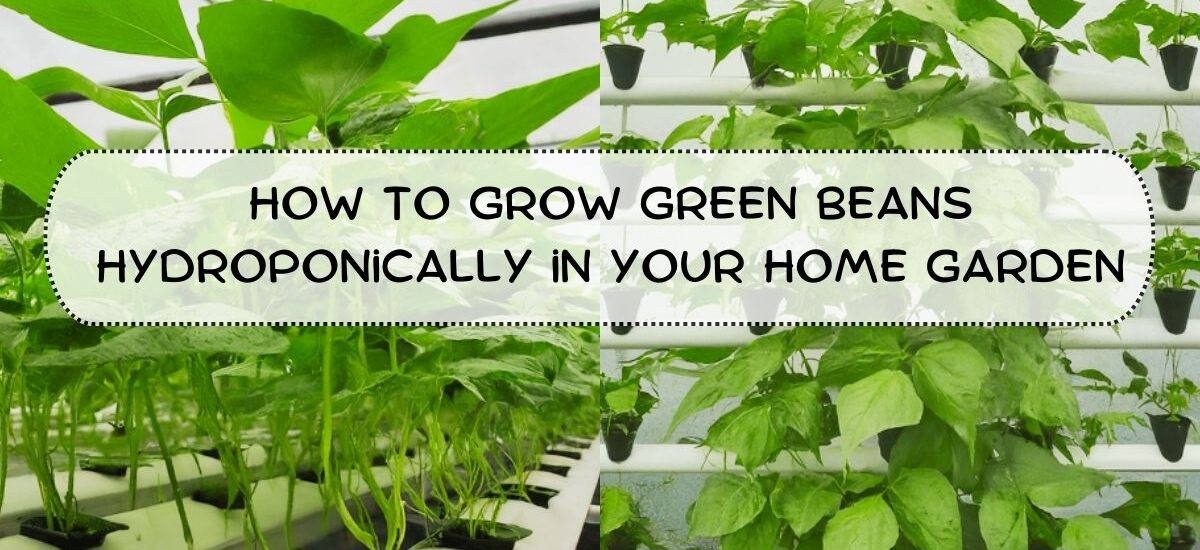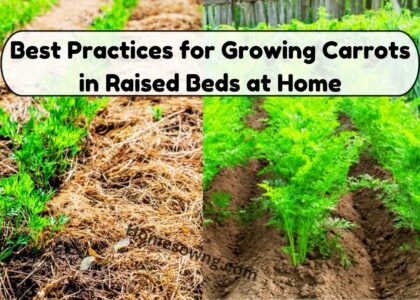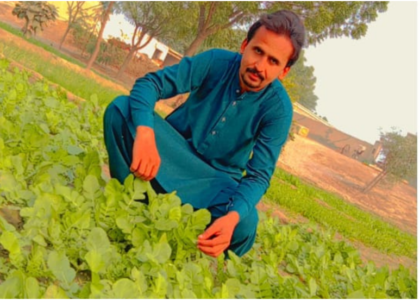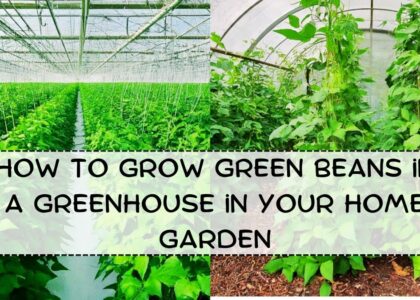Hydroponic gardening proposals a modern, well-organized technique to grow green beans, particularly in indoor or space-limited environments. By using a hydroponic system, you can provide plants with accurate nutrient control and optimal growing conditions. Here’s a step-by-step guide to growing green beans hydroponically in your home garden.
Understanding Hydroponics
Hydroponics contains growing plants without soil, using a nutrient-rich water solution instead. This method offers exact control over nutrients and growing conditions, which can lead to quicker growth and higher yields. In hydroponics, plants receive nutrients directly through their roots, which are water-logged in or periodically exposed to a nutrient solution. This eradicates the need for soil and can reduce the risk of soil-borne diseases. Hydroponics systems are particularly useful in indoor environments or limited spaces, allowing you to grow plants efficiently year-round. Understanding the basics of hydroponics helps you choose the right system and manage your green beans effectively.
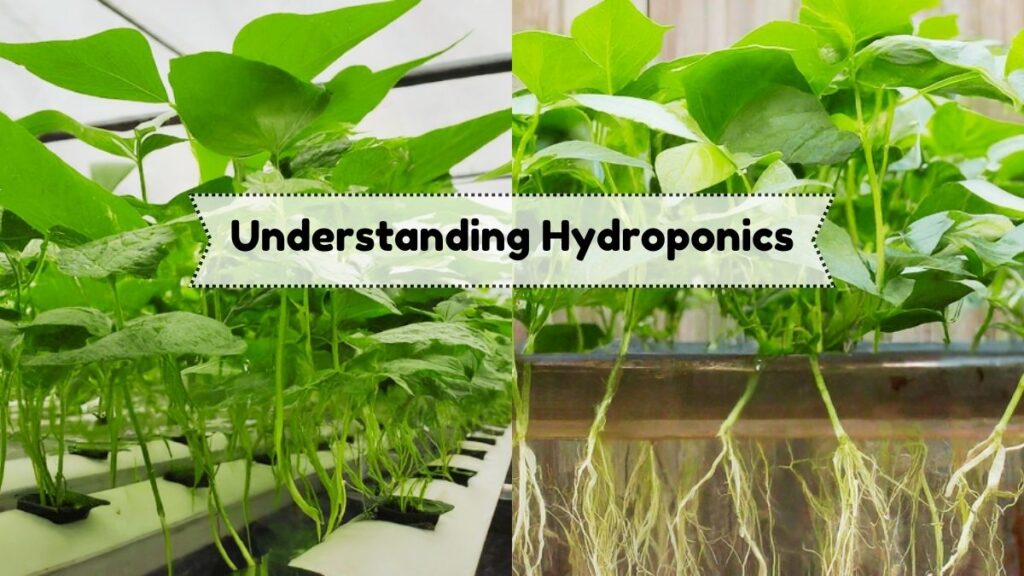
Choosing the Right Hydroponic System
Choosing the suitable hydroponic system is important for successful green bean cultivation. Deep Water Culture (DWC) is a popular choice where plants are suspended in a nutrient-rich, oxygenated water solution. This system is relatively simple to set up and maintain, making it suitable for beginners. Nutrient Film Technique (NFT) is another effective system where a thin film of nutrient solution flows over the roots in a sloped trough. NFT is efficient in water and nutrient use but requires careful monitoring to ensure a constant flow. Consider your space, budget, and gardening experience when choosing a system to ensure it meets your needs.

Setting Up the Hydroponic System
Setting up your hydroponic system involves several key steps. For DWC, use a large container or reservoir to hold the nutrient solution and install an air pump with air stones to oxygenate the water. For NFT, set up a trough or channel where the nutrient solution can continuously flow. Ensure the system is well-sealed to prevent leaks and maintain proper flow. Insert a hydroponic grow medium such as rock wool or clay pellets into net pots to support the seedlings. Proper setup of the system is crucial for providing the optimal environment for your green beans to grow and thrive.
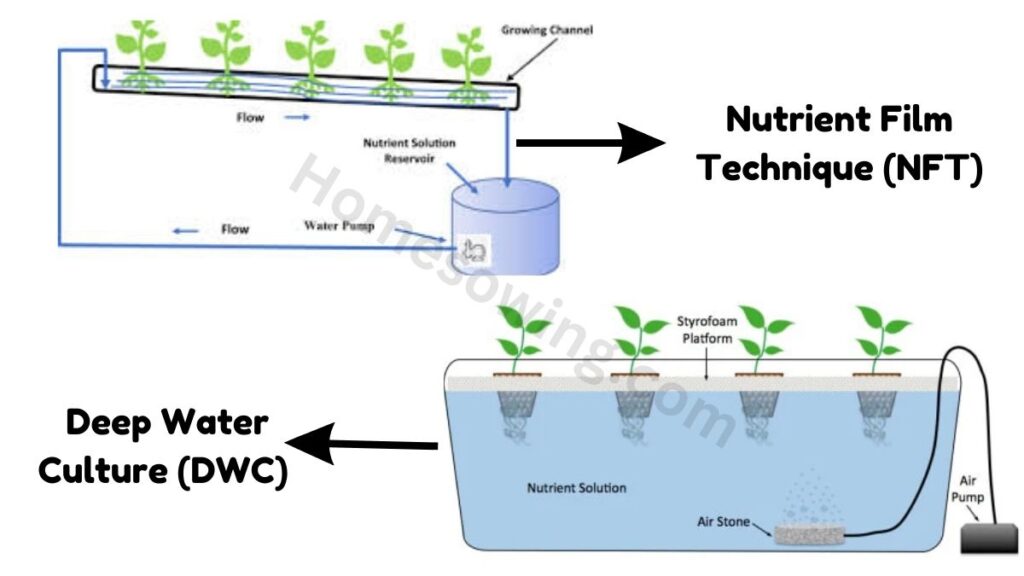
Preparing the Nutrient Solution
A balanced nutrient solution is vital for healthy green bean growth in a hydroponic system. Use a hydroponic nutrient mix designed for vegetables, following the manufacturer’s instructions to prepare the solution. The solution should contain essential nutrients like nitrogen, phosphorus, potassium, calcium, and magnesium. Monitor and maintain the pH level of the solution between 5.5 and 6.5, as green beans prefer slightly acidic conditions. Regularly check and adjust both nutrient concentration and pH to ensure the plants receive the proper balance of nutrients for optimal growth and development.
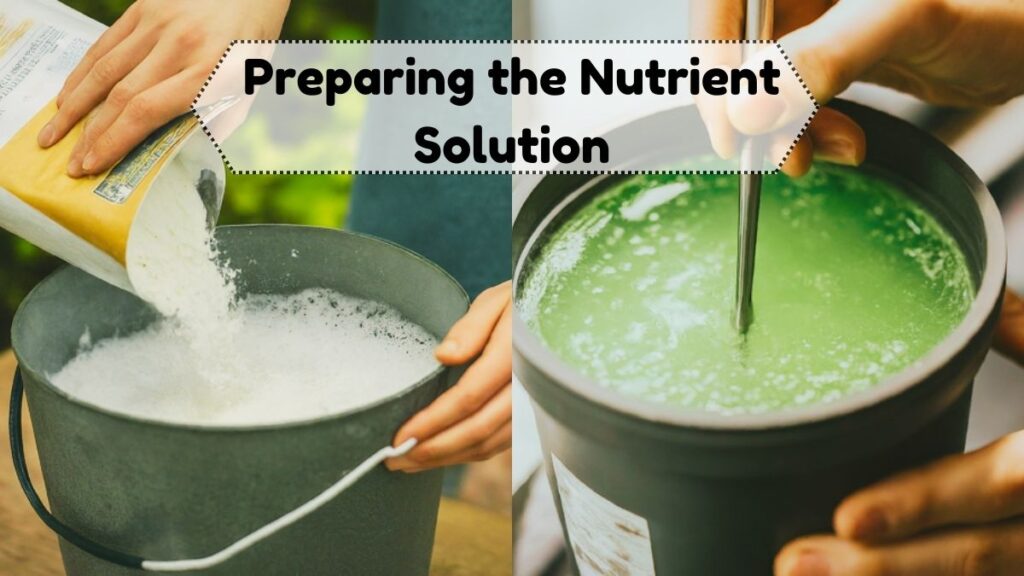
Planting the Green Beans
Planting green beans in a hydroponic system requires careful attention. Start by germinating seeds in a separate container or directly in the grow medium. Once the seedlings have grown a few inches tall and developed their first set of true leaves, transfer them to the hydroponic system. Space the seedlings about 6-8 inches apart to allow for adequate growth and airflow. Ensure the roots are in contact with the nutrient solution or film, depending on the system. Proper planting techniques help establish healthy plants and promote vigorous growth, leading to a more productive harvest.

Maintaining the Hydroponic System
Ongoing maintenance is crucial for a successful hydroponic garden. Regularly check the nutrient solution levels and top up or replace it as needed. Monitor the pH of the solution frequently and adjust it to stay within the optimal range. Inspect the plants for signs of pests or diseases, and address any issues promptly to prevent damage. Ensure the air pump and nutrient delivery system are functioning correctly to provide adequate oxygen and nutrients. Regular maintenance keeps the system running smoothly and ensures that your green beans remain healthy and productive.
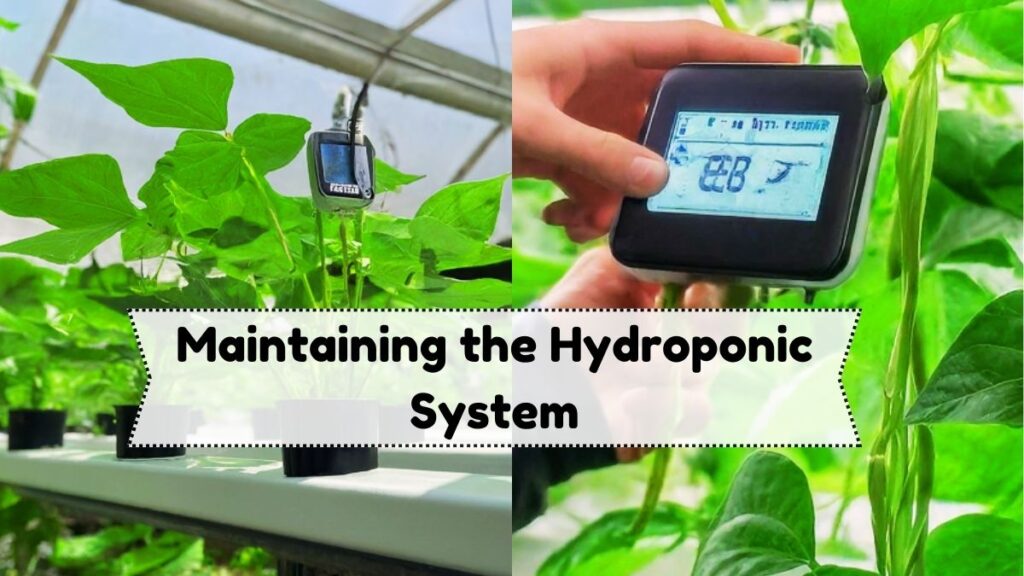
Harvesting the Green Beans
Harvesting green beans at the right time ensures the best flavor and quality. Beans are usually ready to harvest 60-70 days after planting, depending on the variety and growing conditions. Pick the beans when they are young, tender, and before the seeds inside become too large and tough. Use scissors or a small knife to cut the beans from the plant, taking care not to damage the vine. Regular harvesting encourages the plant to produce more beans throughout the season. Proper harvesting techniques help maintain the quality of your beans and extend the productivity of your hydroponic garden.
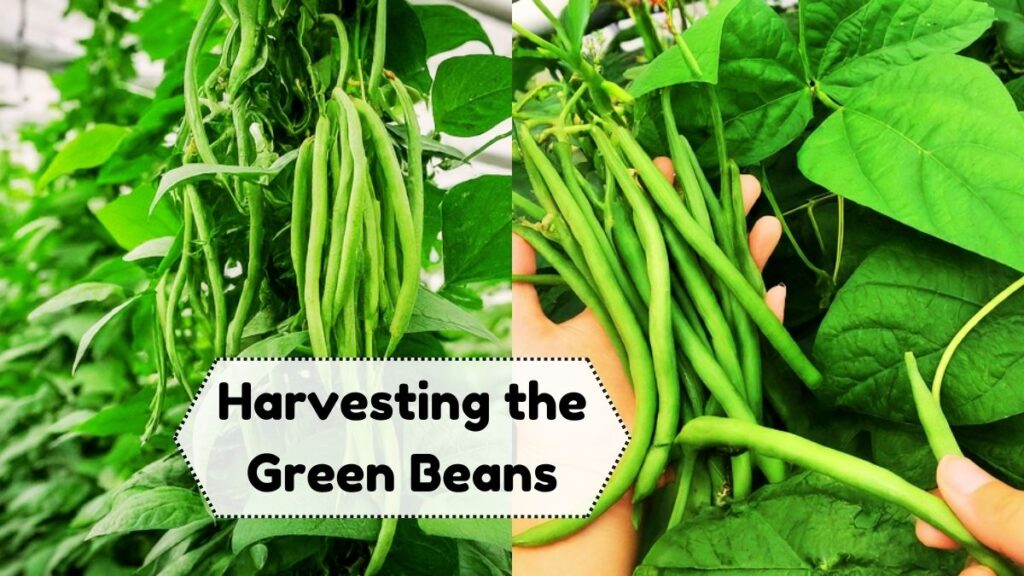
Cleaning and Maintaining the System
After harvesting, thorough cleaning and maintenance of the hydroponic system are essential. Empty the reservoir and scrub all components with a mild disinfectant to remove algae and residue. Rinse all parts thoroughly to ensure no cleaning agents remain. Regularly inspect the system for any signs of wear or damage and make necessary repairs. Proper cleaning and maintenance help prevent nutrient imbalances and extend the lifespan of the system. Keeping the system in good condition ensures successful future plantings and a productive hydroponic garden


